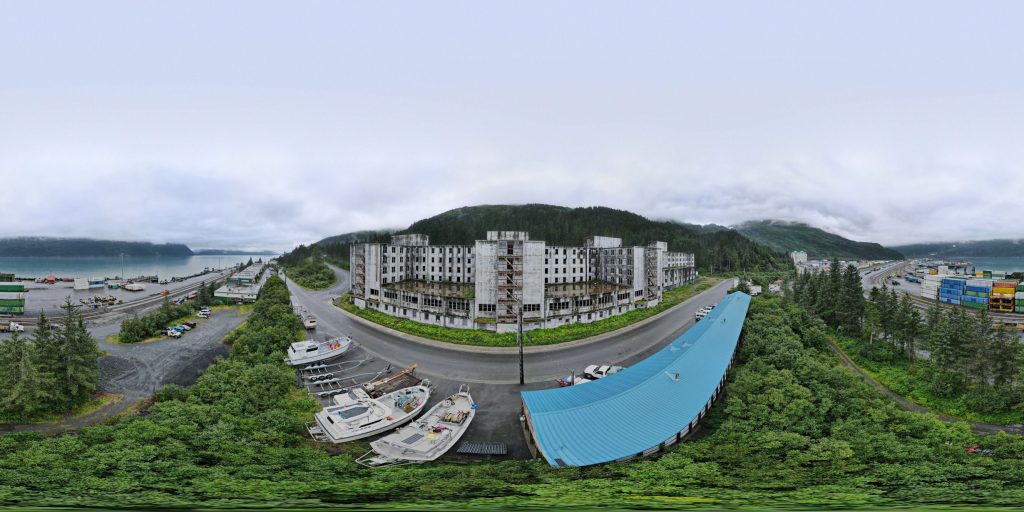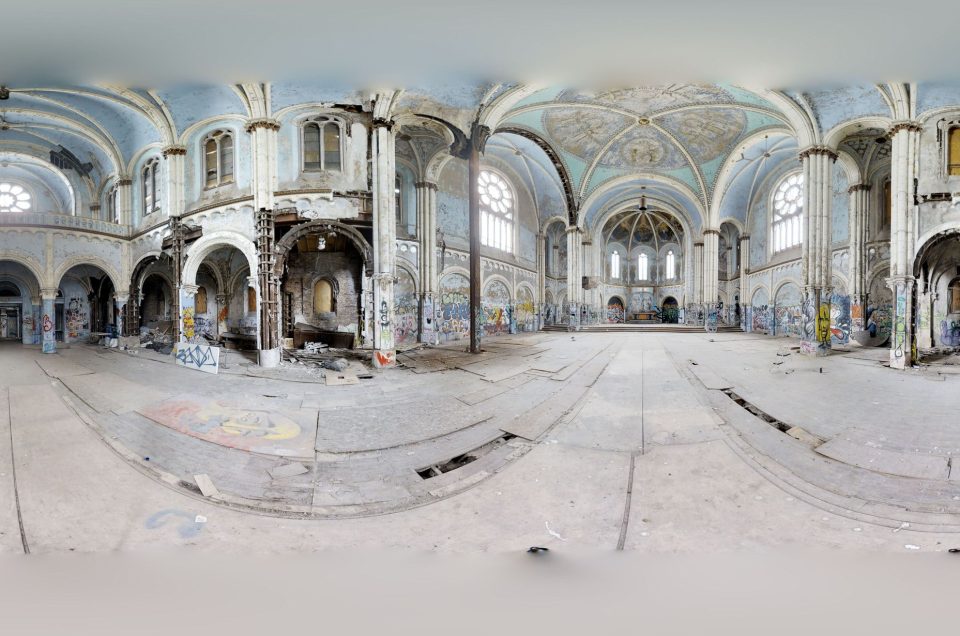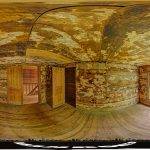Buckner Building
Embark on an immersive exploration of the Buckner Building, a once-thriving structure now standing desolate in the heart of Whittier, Alaska. Picture yourself taking a comprehensive 360-degree tour around this monumental relic, witnessing the silent echoes of its past. As you encircle the building, you can imagine the bustling activity it once hosted, now replaced by a profound stillness that speaks volumes about its history. The Buckner Building, with its massive, unyielding walls and weathered façades, offers a unique glimpse into a bygone era, standing as a stoic testament to the passage of time in this remote Alaskan town.
Image by: sean collins
Image by: Michael Zumpano
Image by: Michael Zumpano
Image by: Google Maps Street View Team
About the Abandoned Government Building
The Buckner Building in Whittier, Alaska, is a fascinating and eerie monument to the past, embodying the changing tides of history, military strategy, and urban planning. This blog post explores the history, operation, and current status of the Buckner Building, offering a comprehensive overview of this unique structure.
History and Construction
Constructed between 1950 and 1953, the Buckner Building was a product of the Cold War era. It was built by the United States Army Corps of Engineers as part of a strategy to establish a military presence in Alaska, particularly in Whittier due to its strategic location with deep-water ports that stay ice-free year-round and almost constant cloud coverage offering protection from air strikes.
The City Under One Roof
Dubbed “the city under one roof,” the Buckner Building was a self-contained facility. It spanned approximately 275,000 square feet and included a mess hall, sleeping quarters, a movie theatre, a bowling alley, a small jail, and even tunnels connecting to the town of Whittier. This colossal structure was designed to house and provide recreational facilities for up to 1,250 Army personnel.
Operation and Use
The building served various military and administrative purposes until 1960. Its importance was highlighted during the 1964 Great Alaskan Earthquake. Despite the massive devastation in the region, the Buckner Building, thanks to its robust engineering and location on bedrock, suffered only minimal damage and remained structurally sound.
Abandonment and Decline
After the military ceased operations in 1966, the building went through various hands, including a private owner who had aspirations to turn it into a resort. However, due to a combination of factors including failed development plans and the economic downturn in the 1980s, these plans never materialized. The building was eventually abandoned and left to the elements. By the 1980s, the lack of maintenance led to significant deterioration. The elements, particularly water infiltration, began to take a toll on the structure.
Present-Day Status
Today, the Buckner Building stands as a haunting reminder of the past. It is unsafe to enter due to structural damage, asbestos, and other hazardous materials. The City of Whittier currently owns the building, with no plans to make it accessible to visitors. Despite this, the Buckner Building remains a point of intrigue for tourists, drawing visitors from around the world who are fascinated by its history and ghostly presence.
The cost of demolishing or rehabilitating the building is prohibitively high, estimated between $20 to $25 million. This, combined with the environmental hazards present in the building, makes its future uncertain.
Conclusion
The Buckner Building in Whittier, Alaska, is a stark, albeit crumbling, symbol of a bygone era. Its story is one of strategic military importance, architectural ambition, and eventual decline. While its future remains uncertain, its past continues to intrigue and attract those interested in the relics of history.
If you enjoy learning about abandoned military or government locations, you might be interested in learning about the Devil’s Bunker in California, the Operations and Control Building on an active military complex in Florida or the Fort Fincastle on the warm and beautiful island of Nassau in the Bahamas.

An aerial 360-degree panoramic image captured outside the abandoned Buckner Building in Whittier, Alaska.
Do you have 360-degree panoramic images captured in an abandoned location? Send your images to Abandonedin360@gmail.com. If you choose to go out and do some urban exploring in your town, here are some safety tips before you head out on your Urbex adventure.
Unlock the secrets of exploration by diving into precise GPS data available exclusively for an array of hidden gems and hundreds of other captivating sites, all within our members’ section. By investing in a Gold Membership, you’re not just gaining access; you’re securing a key to a vast, global archive of abandoned, untouched, and mysterious locations waiting to be discovered. Embark on your adventure with confidence, knowing every corner of the world can be within your reach. Don’t just observe—explore, discover, and claim the extraordinary journey that lies ahead with our treasure trove of world secrets. Subscribe now and transform the way you see the world!
If you want to start shooting 360-degree panoramic images, you might want to look onto one-click 360-degree action cameras.
Click on a state below and explore the top abandoned places for urban exploring in that state.






